Optimal Timing for Wood Rot Repairs
Timely wood rot repairs are essential to prevent further structural damage and costly replacements. The optimal time for repairs depends on climate conditions, moisture levels, and seasonal weather patterns. Performing repairs during dry seasons reduces the risk of moisture infiltration and ensures better adhesion of repair materials. Spring and early summer are generally ideal, as they offer warmer, drier weather conducive to effective repair work.
Dry seasons such as late spring and early summer are best for wood rot repairs, minimizing moisture exposure.
Avoid repairs during rainy or humid periods to prevent moisture from compromising the repair process.
Temperatures above freezing ensure proper curing of repair materials and prevent further rot development.
Low humidity levels reduce the risk of new rot forming after repairs are completed.
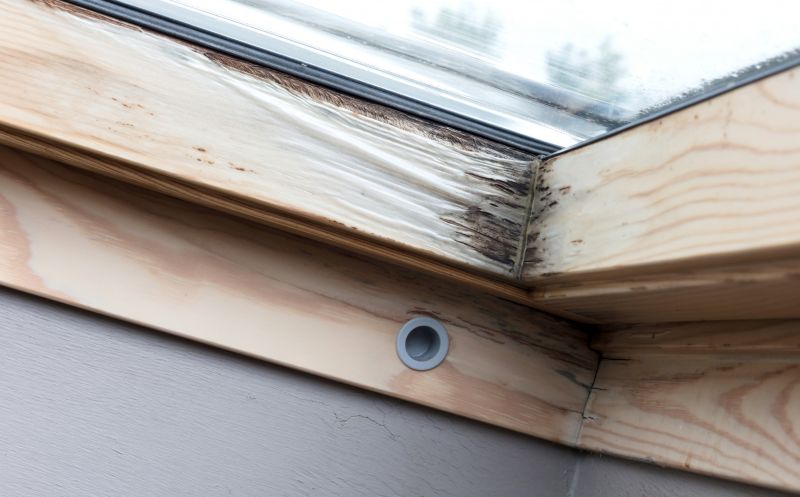
Ways to make Wood Rot Repairs work in tight or awkward layouts.

Popular materials for Wood Rot Repairs and why they hold up over time.
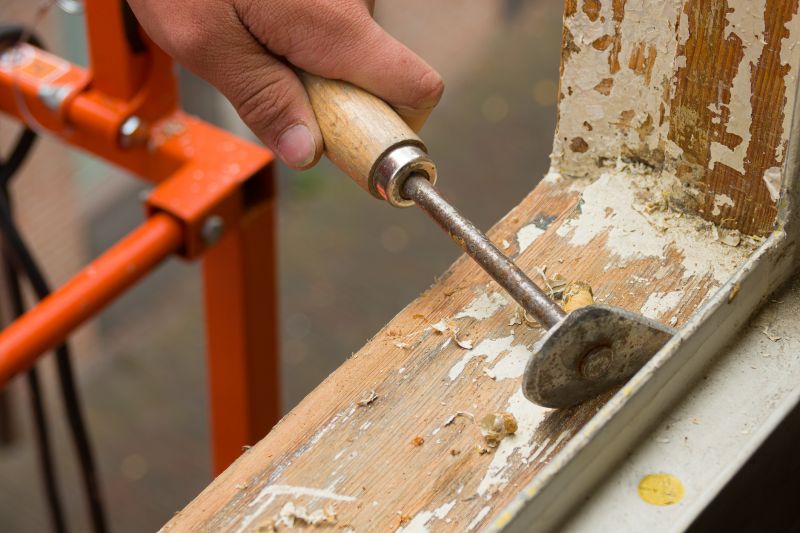
Simple add-ons that improve Wood Rot Repairs without blowing the budget.
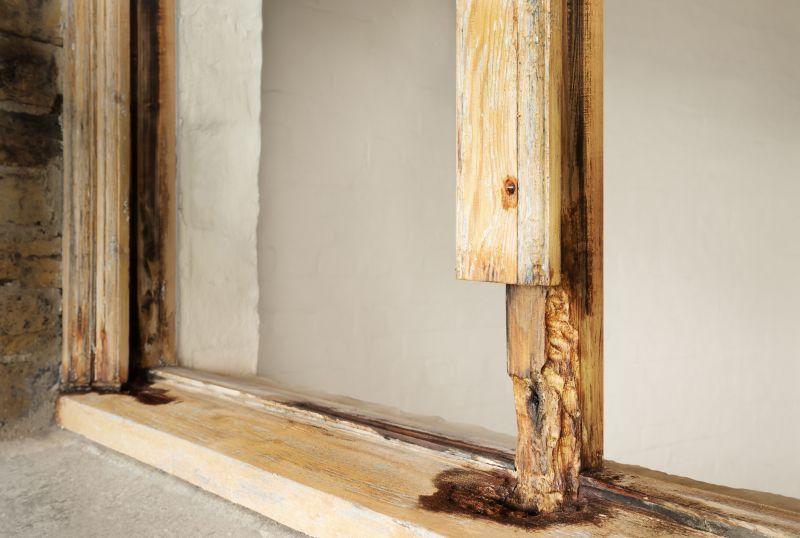
High-end options that actually feel worth it for Wood Rot Repairs.
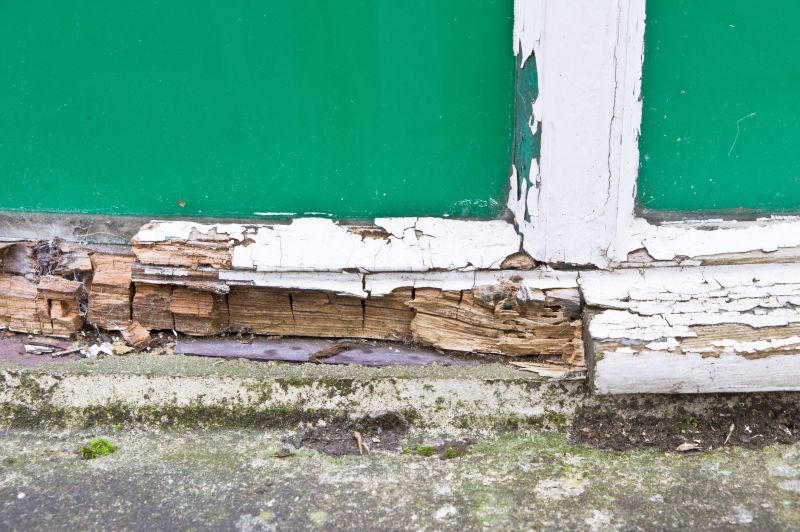
Finishes and colors that play nicely with Wood Rot Repairs.
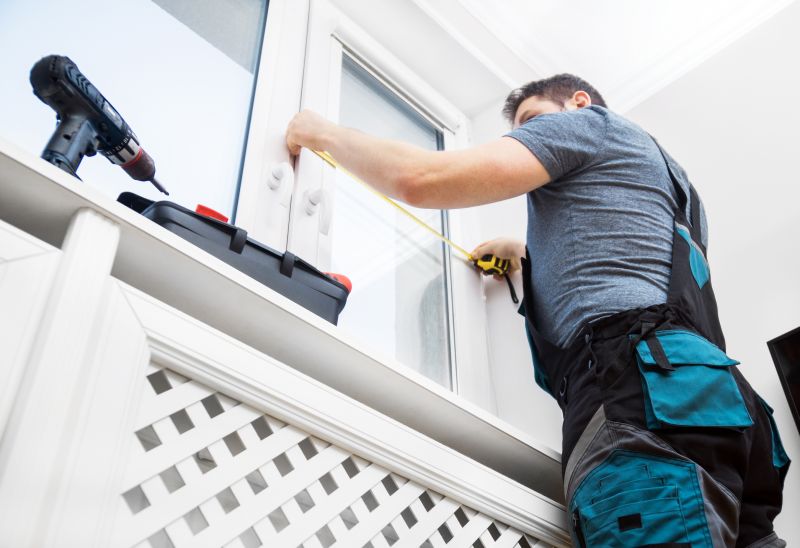
Little measurements that prevent headaches on Wood Rot Repairs day.
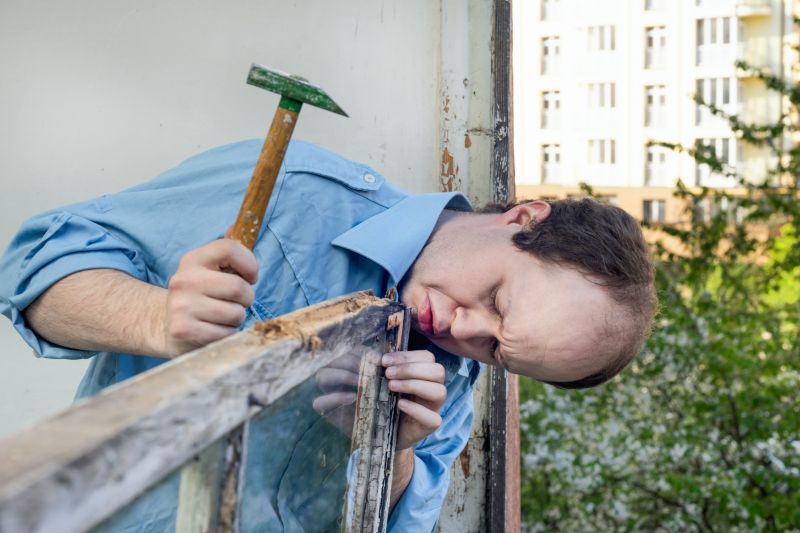
A 60-second routine that keeps Wood Rot Repairs looking new.
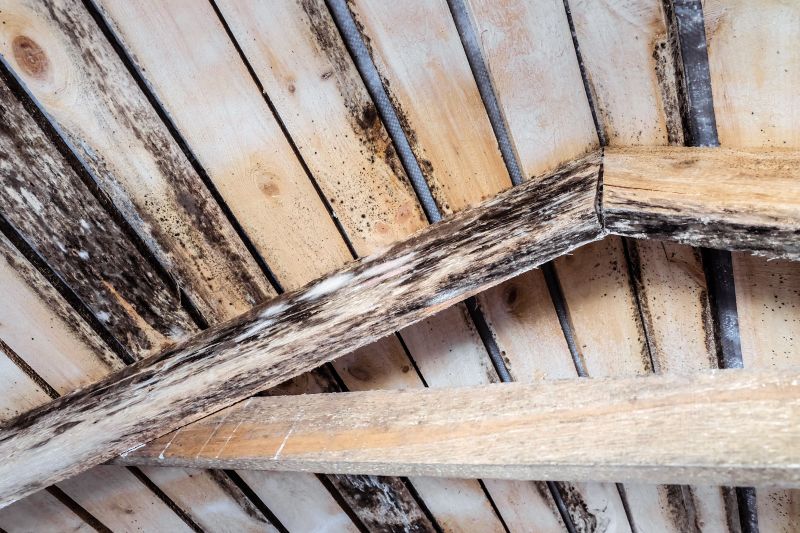
A frequent mistake in Wood Rot Repairs and how to dodge it.
Wood rot repairs involve removing decayed material, treating affected areas to inhibit future growth, and replacing damaged sections with suitable wood or composite materials. Addressing rot promptly prevents structural compromise and extends the lifespan of wooden structures. Statistics indicate that early intervention can reduce repair costs by up to 50%, emphasizing the importance of timely action. Proper maintenance and inspections are vital in detecting early signs of rot, especially in regions with high humidity or frequent rainfall.

Small tweaks to make Wood Rot Repairs safer and easier to use.
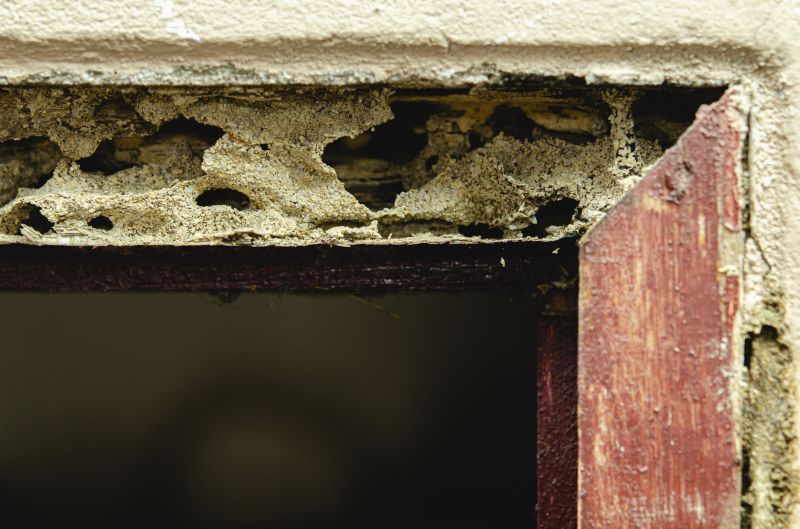
Lower-waste or water-saving choices for Wood Rot Repairs.

The short, realistic tool list for quality Wood Rot Repairs.
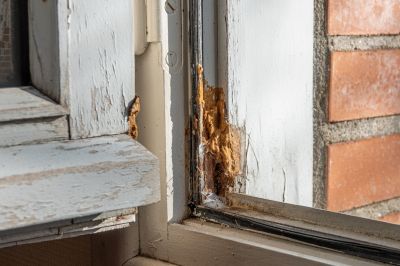
Rough timing from prep to clean-up for Wood Rot Repairs.
Effective wood rot repairs require proper assessment of damage severity, selection of appropriate repair materials, and adherence to best practices for long-lasting results. Neglecting timely repairs can lead to extensive structural issues, increased costs, and safety hazards. Regular maintenance, especially during favorable weather conditions, ensures the integrity of wooden structures and helps prevent rot from reoccurring.
| Aspect | Recommendation |
|---|---|
| Season | Perform repairs during dry, warm months |
| Weather | Avoid repairs during rainy or humid periods |
| Temperature | Ensure temperatures are above freezing |
| Humidity | Maintain low humidity levels |
| Inspection Frequency | Conduct regular inspections in dry seasons |
| Material Curing | Allow sufficient time for proper curing |
| Structural Integrity | Address rot before it compromises structure |
| Moisture Control | Implement measures to reduce moisture exposure |

Quick checks and paperwork to keep after Wood Rot Repairs.
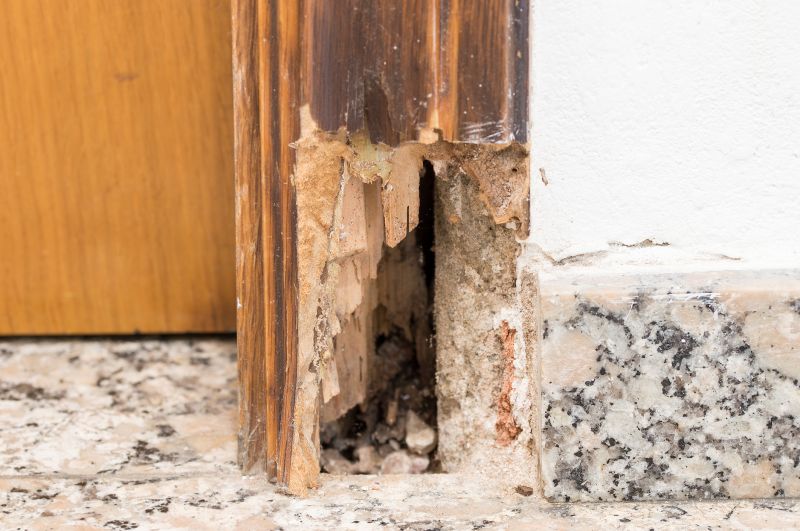
Examples that show the impact a good Wood Rot Repairs can make.
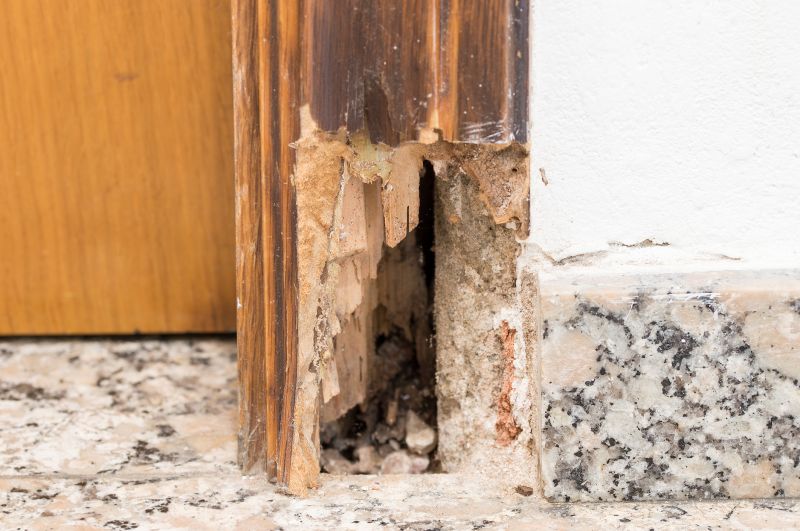
Ways to make Wood Rot Repairs work in tight or awkward layouts.
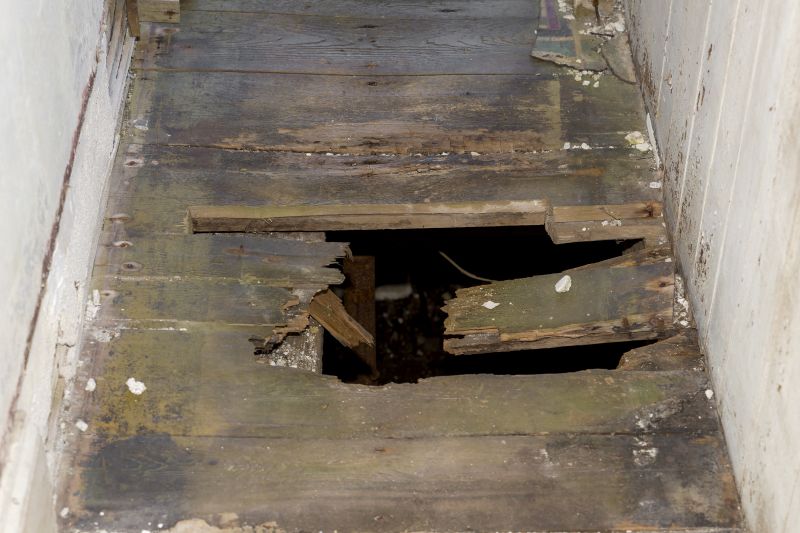
Ways to make Wood Rot Repairs work in tight or awkward layouts.
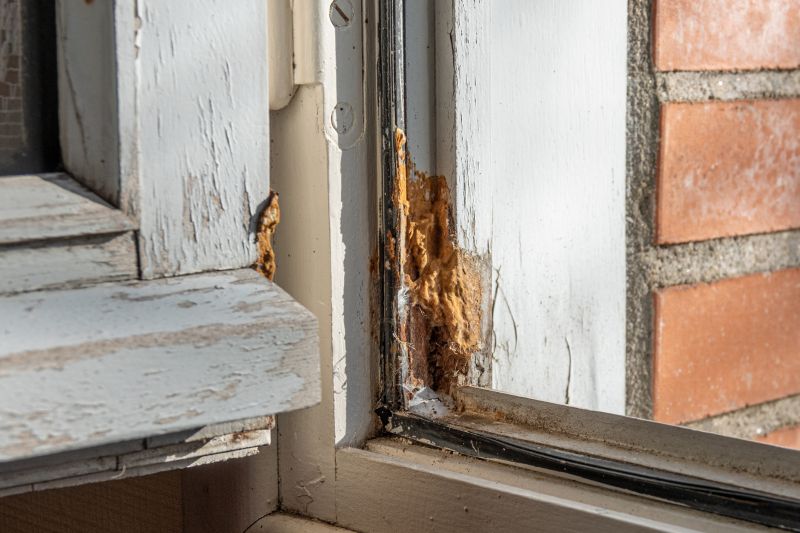
Ways to make Wood Rot Repairs work in tight or awkward layouts.

Ways to make Wood Rot Repairs work in tight or awkward layouts.

Ways to make Wood Rot Repairs work in tight or awkward layouts.

Ways to make Wood Rot Repairs work in tight or awkward layouts.
Interested in scheduling wood rot repairs? Filling out the contact form provides an opportunity to discuss options and plan repairs at the most suitable time. Proper timing and professional assessment ensure the structural integrity and longevity of wooden structures, preventing costly future repairs.



